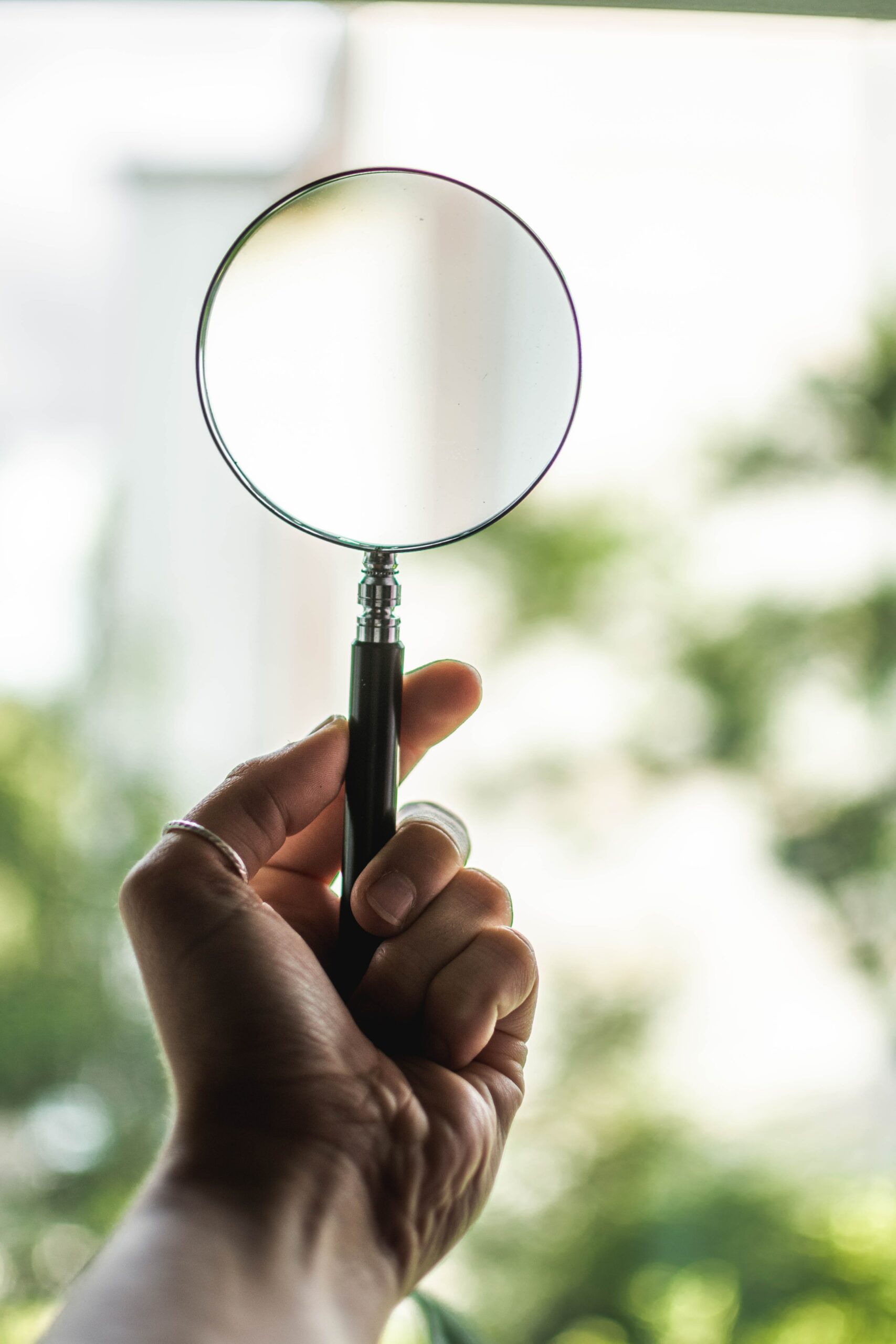
21 October 2024
Request your demo of the Sigrid® | Software Assurance Platform:

3 min read
Written by: Luc Brandts

This is a time when science is again proving its relevance. It’s also a time when people should show their true belief in it. I believe this is exceptionally important.
The strength of science lies in nuance, in its continuous attempt to try to understand how things work in the real world. People expect scientists to come up with definitive answers, but a true scientist will always answer with nuance. This drives people mad, and sometimes they even see this as a sign of weakness. (“The scientists don’t even understand it themselves!” they might say.) What we need to understand is that reality is always infinitely more complex than the models we have. This doesn’t mean the models are incorrect; they’re extremely useful in many cases.
At SIG, we have models for software quality. Of course, we know our models describe software quality, which isn’t the same as being software quality. In mathematical terms, software quality does not equal the SIG model. But by continuously researching and improving the model, we’re getting very close, and it’s the best model around. The model is tremendously helping us as well as our clients, because it’s a very good proxy for software quality.
In this context, I’ll quote Albert Einstein, who famously said, “Everything should be made as simple as possible, but no simpler.” When people spend 30 years studying something in all of its intricacies, let’s not be surprised that we don’t immediately understand every detail. Some things are really complicated. As a general rule, remember this: somebody who doesn’t have any nuance in really complex matters probably isn’t an expert at all. So be careful.
Let’s listen to science. In the case of the COVID-19 pandemic, we’re dealing with a virus, something that works exponentially. And the problem with an exponential phenomenon is that it’s really hard to grasp. To illustrate the point, here’s a little experiment:
Take a piece of paper and fold it in half. Now do it 41 more times. Stand on top of it and look around. Where are you?
Well, you’d be on the moon. Doubling the thickness of the paper with each fold leads to an exponential increase in thickness, which would stretch all the way from earth to the moon after 42 folds. Fold it 103 times, and you’d see that the paper would exceed the known size of the universe itself. In actual fact, you wouldn’t be able to fold it more than seven times (try it). The TV show MythBusters, with the help of some extraordinary equipment, managed to fold a very (!) large piece of paper 11 times, but they needed an aircraft hangar for it. Thing is, most people are astonished by the effects of exponential growth. This is how a virus spreads, and that’s why its effects are so devastating.
Listen to science. They won’t always have the definitive answers; in fact, you can expect them not to. Don’t be afraid of the nuance, reality is simply complex. But it’s a far better answer than ignoring it. This is the approach that we at SIG take in our work to create a healthier digital world.
But far more importantly, this is also how virologists and the entire medical community are now trying to get our world back to a healthy state.
Stay well and stay safe!
Author:
Group CEO

We'll keep you posted on the latest news, events, and publications.